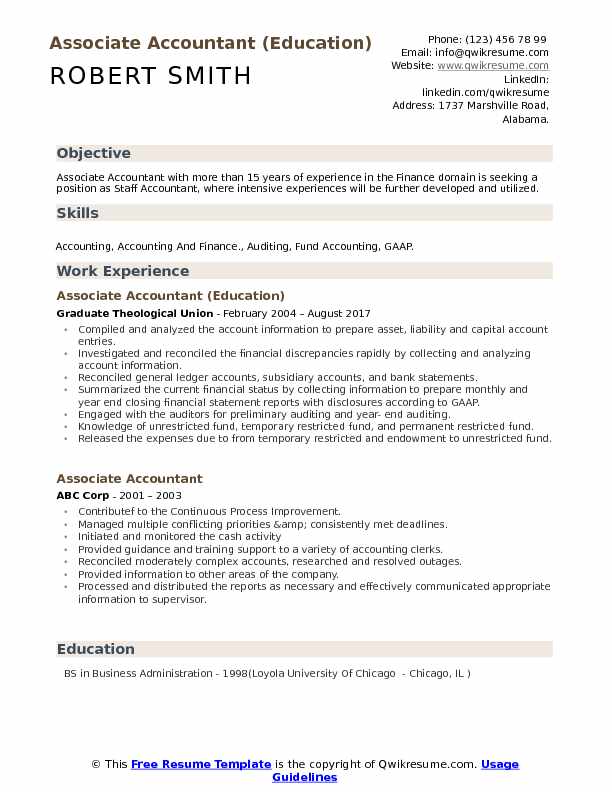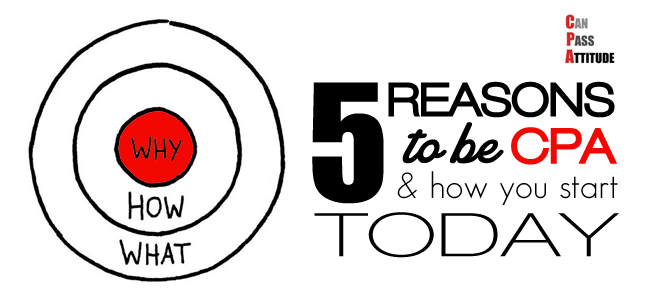
There are many different types of financial analyses. You have the option of Ratio, Scenario, Sensitivity, Vertical, or Historical Trend Analysis. Each type has its own advantages and drawbacks. Learn about these types and how they can impact your company's finances. Find out the importance of the various techniques and tools that are used to carry out each type. But how can you decide which one to use. This article will discuss the most commonly used types of financial analyses.
Ratio analysis
The financial ratio analysis is useful in many contexts. It can help in industry comparisons as well as evaluating a company's profitability. Investors won't be fair to companies that use financial ratio analysis. They will need to break down the data by divisions. Ratio analysis can be used by companies to assess their performance relative to peers in the industry, other companies within the same industry, and to determine if they are performing well. However, there are exceptions to this rule, as some companies may "fudge" numbers to make their results seem better than they really are.
Ratio analysis is especially useful in determining a company's profitability. This measure can help a business understand its overall profitability by determining its efficiency. It can also help to identify areas where a company's resources are not being used effectively. By analyzing the ratio of different areas of a company's financial performance, external and internal analysts can determine which areas to focus on for improvement and further expansion. Analyses can help you identify trends and assist in making informed decisions.
Scenario and Sensitivity Analysis
Two types of financial analysis can be used by financial analysts. The two types of financial analysis used by financial analysts are sensitivity analysis and scenario. They analyze how different variables can affect a business's financial position. While sensitivity analysis is more focused on one scenario, scenario analysis considers all possible outcomes. The sensitivity analysis allows investors to see how changes can impact their business' profitability. These two methods can be used for a variety of reasons. Below are some examples of each type of financial analysis.
Financial models typically include worksheets for scenario analysis and sensitivity. These two types of analysis shouldn't be confused. Scenario analysis, a type of financial modeling that predicts what might happen in different scenarios, is called "Downside Scenario". One example is a "Downside Scenario", which describes a scenario in which a single variable decreases the company’s revenue by 10%. Sensitivity analysis will only consider a percentage decrease. The combination of both types can be helpful for financial analysts to help companies make informed decisions.
Vertical analysis

In financial analysis, vertical analysis requires a company's balance sheet. A balance sheet is a list of all assets, liabilities, as well as equity for a company. For comparison purposes, the total assets and liabilities as well as equity serve to provide a baseline number. While assets are generally current, liabilities are mostly fixed. You can identify trends and potential problems by comparing both sets of financial statements. For many, vertical analysis is a good option.
Although this analysis isn't recommended for every business, it's a great way compare and understand the profitability among different companies. It is useful in identifying areas where the company is experiencing major financial changes, such sales costs. This type of analysis will require you collect financial statements from all the companies, and to compare them. The information you collect can be used for making recommendations that will help the company succeed.
Historical trend analysis
Historical trend analysis is a great tool for business owners. Financial trends show that profitability is moving in tandem with revenue, and the year 2018 has seen a higher net income due to lower provision for taxes. This tool helps you measure the impact of key business decisions, like lowering expenses or raising prices. An excellent tool for companies is historical trend analysis. This allows them to compare their performance against similar businesses. It's an excellent tool for evaluating and tracking business performance.

This analysis is very useful when analyzing financial data over many years. It's used to analyze trends and inaccuracies of financial statements, and overall growth and change. It can also be used to determine the driving factors of these trends. This type analysis is important for data-driven decision making in the financial sector. It's important to learn the principles of financial trends analysis and how they relate to your industry if you're an investor.
FAQ
How much do accountants make?
Yes, accountants get paid hourly.
Complex financial statements may be prepared by accountants who charge additional.
Sometimes accountants may be hired to perform specific tasks. A public relations agency might hire an accountant to prepare reports showing the client's progress.
Why is reconciliation so important?
It's vital as mistakes may happen, and you don't know what to do. Mistakes include incorrect entries, missing entries, duplicate entries, etc.
These problems can have grave consequences, including incorrect financial statements or missed deadlines, overspending and bankruptcy.
How can I tell if my company has a need for an accountant?
Many companies hire accountants after reaching certain levels. For example, a company needs one when it has $10 million in annual sales or more.
However, some companies hire accountants regardless of their size. These include small companies, sole proprietorships as well partnerships and corporations.
The size of a company doesn't count. Only important is the use of accounting systems.
If it does, then the accountant is needed. A different scenario is not possible.
Statistics
- a little over 40% of accountants have earned a bachelor's degree. (yourfreecareertest.com)
- The U.S. Bureau of Labor Statistics (BLS) projects an additional 96,000 positions for accountants and auditors between 2020 and 2030, representing job growth of 7%. (onlinemasters.ohio.edu)
- Given that over 40% of people in this career field have earned a bachelor's degree, we're listing a bachelor's degree in accounting as step one so you can be competitive in the job market. (yourfreecareertest.com)
- Given that over 40% of people in this career field have earned a bachelor's degree, we're listing a bachelor's degree in accounting as step one so you can be competitive in the job market. (yourfreecareertest.com)
- "Durham Technical Community College reported that the most difficult part of their job was not maintaining financial records, which accounted for 50 percent of their time. (kpmgspark.com)
External Links
How To
Accounting The Best Way
Accounting is a process and procedure that allows businesses track and record transactions accurately. Accounting includes the recording of income and expenses, keeping track of sales revenue, expenditures, and preparing financial statements and analysing data.
It involves reporting financial results on behalf of stakeholders, such as shareholders and lenders, investors, customers, or other parties.
Accounting can be done in many different ways. There are several ways to do accounting.
-
Creating spreadsheets manually.
-
Excel can be used.
-
Handwriting notes on paper.
-
Using computerized accounting systems.
-
Using online accounting services.
Accounting can be done in several ways. Each method has its advantages and disadvantages. It all depends on what your business needs are and how you run it. You should always consider the pros and cons before choosing any method.
Accounting methods are not only more efficient, they can also be used for other reasons. Self-employed people might prefer to keep detailed books, as they are evidence of the work you have done. Simple accounting may be best for small businesses that don't have a lot of money. However, complex accounting may be more appropriate for businesses that generate large amounts of cash.